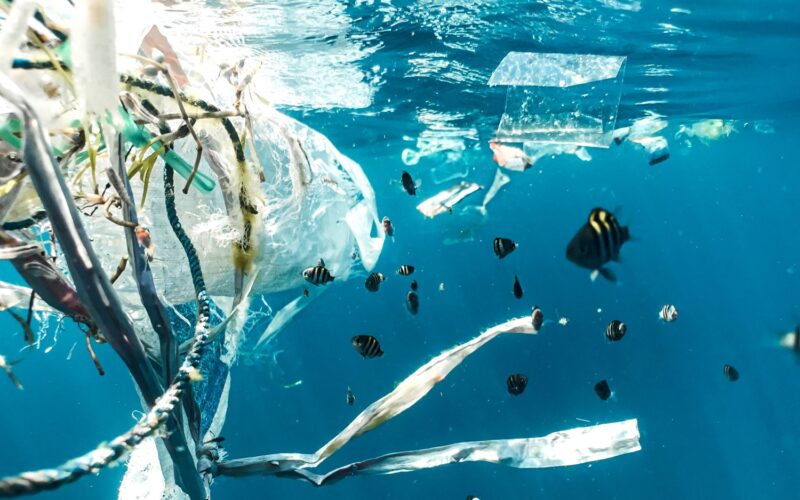The research has estimated that there are approximately 170 trillion plastic particles present in the world’s oceans, representing a significant threat to marine organisms and the potential for human consumption through the food chain.
New York, NY (Business Northeast) – To what extent is the microplastic crisis affecting the world’s oceans? According to a study, as many as 170 trillion pieces of plastic are floating on the sea’s surface, with an estimated weight of up to 2.3 million tons. Experts believe that if global plastic production is not restricted, the plastic problem in the ocean will have the opportunity become double by 2040.
According to the research, scientists sampled six major ocean regions worldwide, covering the North Atlantic, South Atlantic, North Pacific, South Pacific, Indian Ocean, and Mediterranean, and tracked microplastic data from 11,777 ocean stations worldwide from 1979 to 2019. Nearly 170 trillion microplastics were found floating in the world’s oceans.
But Since 2005, the number of marine plastic particles has increased rapidly, but experts explain that this may be due to better detection instruments, sophisticated detection technology, and samples.
According to United Nations data, about 11 million tons of plastic waste enter the ocean annually and may triple by 2040. More than 170 trillion plastic particles are floating in the world’s oceans, translating to a weight of about 2.3 million tons. The impact is widespread, with over 800 marine and coastal species harmed by ingesting microplastics.
Plastic particles floating in the ocean are a severe environmental problem. These plastic fragments with a diameter or length of less than 5 mm are quickly eaten by marine life as food. Scientists closely observed 12 different fish in Izmit Bay, Turkey. And found that 4 out of 10 fish have traces of microplastics in their digestive tracts, and these fish are very likely to be cooked into delicious seafood feasts by humans. Plastic particles are transferred to the human body through the food chain, endangering health.
Is there no solution to the worrying microplastic crisis? Experts say the cleanup is only a palliative, not a cure, as countries continue to produce vast amounts of plastic. Moreover, the amount of plastic in the ocean is underestimated. Dr. Marcus Eriksen, one of the founders of the 5 Gyres Institute, believes that microplastics in the global ocean are increasing rapidly, and we must act now before it is too late.
The United Nations has started negotiations on the “Global Plastic Treaty”. It is expected to complete a legally binding global treaty by the end of 2024 to solve the problem of plastic particles in the ocean jointly.










